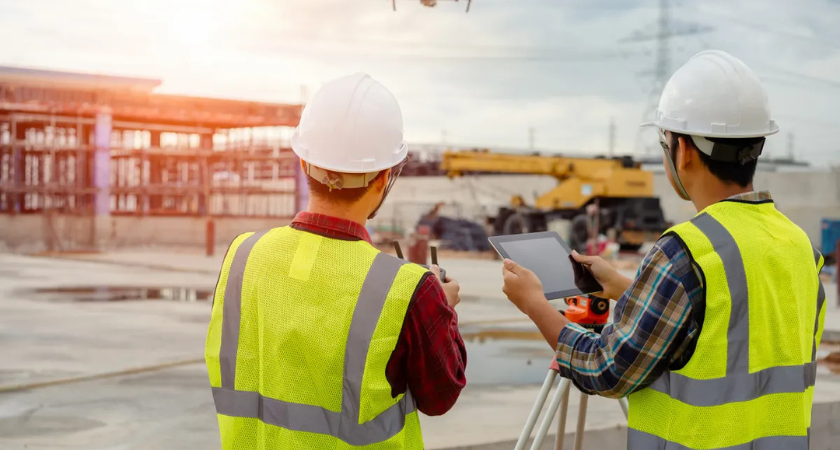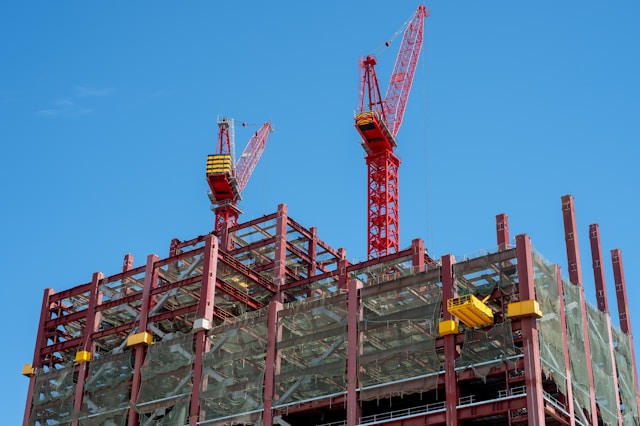
Investment in construction and infrastructure technology soared in the third quarter of 2025, marking one of the strongest periods for the built environment tech sector in recent years. According to a new report from Chicago-based Nymbl Ventures, funding climbed 66% year-over-year to $4.4 billion, with AI and robotics startups leading the charge.

The data underscores the industry’s accelerating digital transformation, driven by demand for AI-driven automation, robotics-enabled workflows, and data-powered construction management tools.
AI-based technologies alone captured $2.22 billion year-to-date through Q3, while robotics investments hit $1.36 billion, representing a 125% year-over-year growth, the report said.
Nymbl Ventures divided funding into three categories:
Among these, construction tech emerged as the strongest performer, attracting $1.25 billion in Q3 alone, up 150% from the previous year. That figure nearly matched Q2’s $1.28 billion, the highest quarterly total since early 2022.
Through the first nine months of 2025, the built environment sector secured $3.7 billion in venture capital, more than double 2024’s total for the same period and exceeding annual investment levels for the last three years combined, per Nymbl’s analysis.
The report noted a shift toward larger, later-stage funding rounds, signaling a maturing industry. More than $1 billion of Q3’s construction tech investments came from Series B and later-stage rounds, accounting for 80% of total quarterly investments.
This trend highlights growing confidence among institutional investors and strategic corporate partners who are favoring proven, scalable technologies over early-stage experimentation.
“This reflects the project-based validation process unique to the construction industry, where demonstrating product efficacy and usability requires real-world deployment cycles on construction projects that can take anywhere from four months to more than a year,” the report noted.
Construction firms, too, are increasingly investing directly in startups, particularly those with established products capable of solving on-site challenges such as real-time monitoring, productivity tracking, and predictive maintenance.
The sector also recorded 24 exits in Q3, all via acquisitions, indicating an uptick in merger and acquisition activity across construction technology and consulting markets. Nymbl said this wave of consolidation is being driven by strategic corporates acquiring distressed or early-stage startups, as the market shifts from speculative growth to focused, results-oriented innovation.
“This trend points to a consolidating startup market in which strategic corporates, rather than traditional VCs, are increasingly shaping the next wave of innovation,” the report stated.
This M&A momentum reflects a larger trend across the construction industry’s digital ecosystem, where established contractors and infrastructure operators are acquiring tech firms to enhance automation, analytics, and sustainability capabilities within their organizations.

Nymbl Ventures described 2025 as a “pivotal year” for the built environment tech landscape, marking a transition from speculative exuberance to strategic maturity. Investors are now focusing capital on AI-driven, data-centric, and robotics-enabled technologies that demonstrate clear and measurable returns on investment.
“Overall, 2025 marks an inflection point for the built environment’s venture landscape—transitioning from speculative exuberance to strategic maturity, with capital concentrating around scalable, data-driven, and AI-enhanced solutions that promise measurable ROI across the construction value chain,” the report said.
This wave of funding underscores a paradigm shift across global construction markets. From AI-powered design optimization and digital twin integration to robotic automation on job sites, the industry is entering a phase of practical, ROI-driven technology adoption.
Infrastructure operators are investing heavily in predictive analytics and IoT-based asset management, while general contractors are integrating robotics for repetitive, high-risk tasks, such as rebar tying, welding, and materials handling.
These advancements are closing the productivity gap that has historically plagued construction, while also reducing carbon emissions, improving worker safety, and increasing efficiency across the project lifecycle.
The Q3 surge suggests that the contech sector is no longer an experimental field, but a core driver of operational resilience in a rapidly evolving built environment.
Originally reported by Matthew Thibault in Construction Dive.